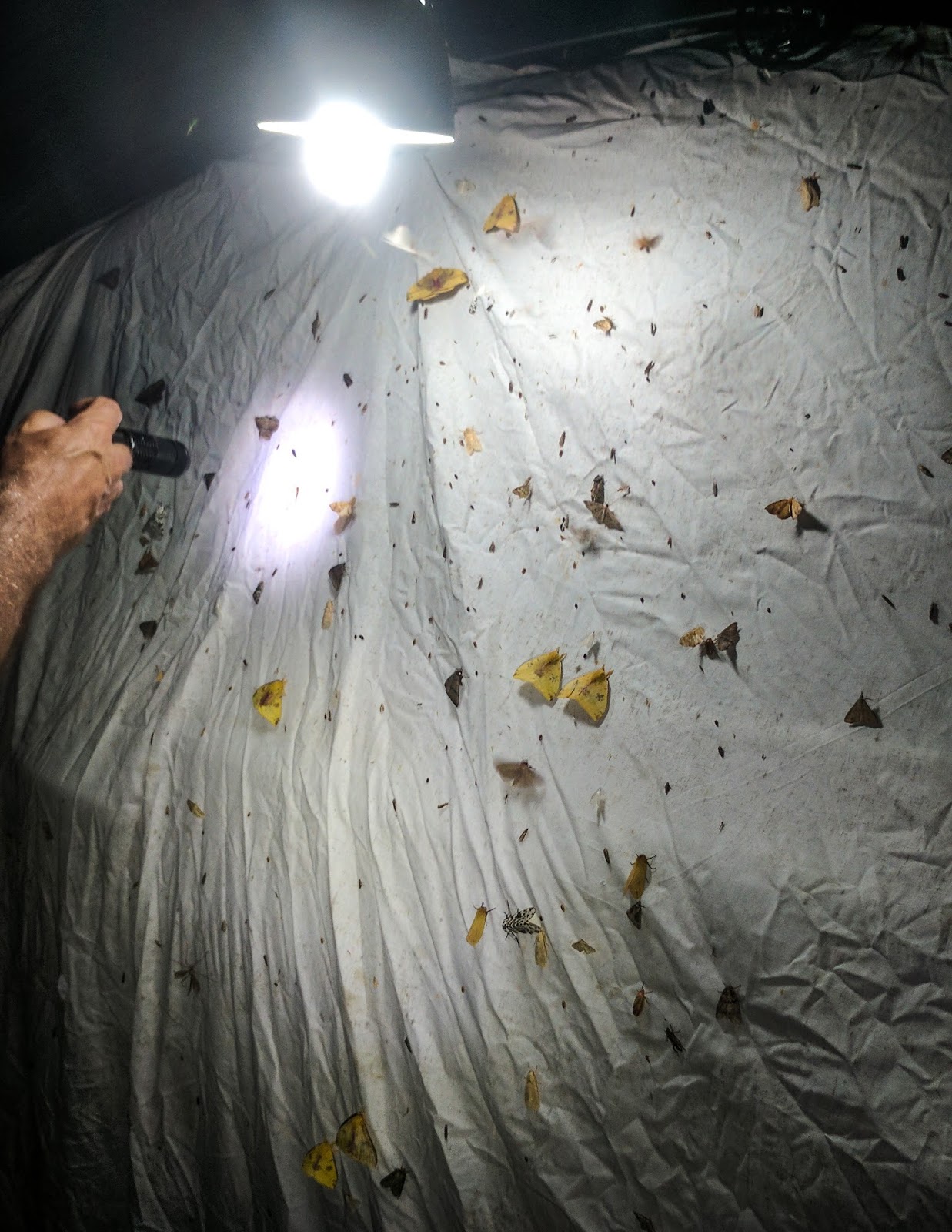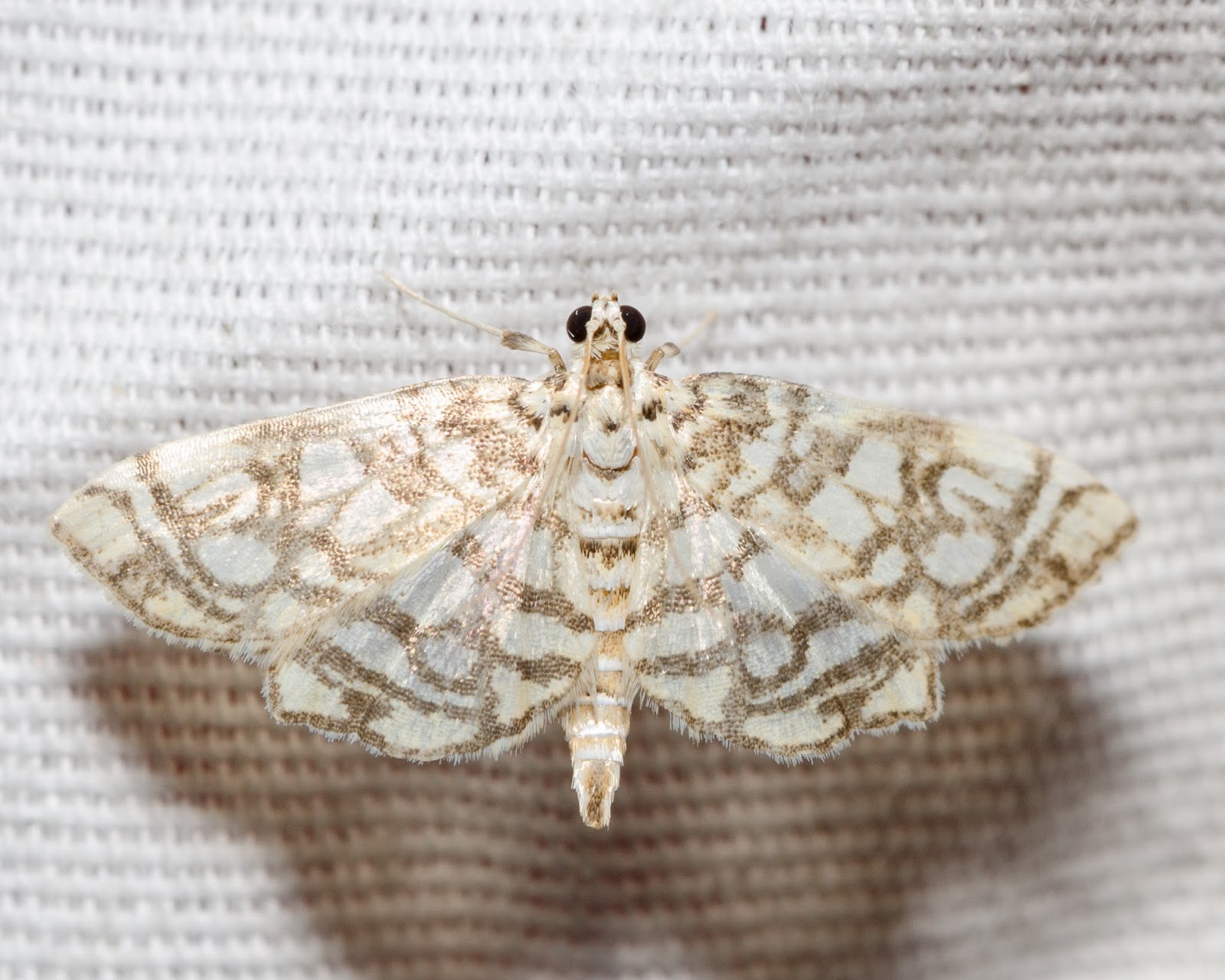Recently I've been seeing a lot of concerning photos being posted on Facebook, blogs, and other corners of the internet. I want to briefly go over what is "good" photographer etiquette, especially with regard to photographing rare plant or animal species, and wildlife photography in general. Not following such ethical guidelines puts wildlife, plants, and sensitive areas at risk.
Guidelines for Ethical Wildlife Photography:
1. The welfare of the animal is more important than your photo.
People will often do horrible things for amazing photos. Take owl photography, for example. Last year in the Cleveland area there was a famous Eastern Screech Owl that roosted in the cavity of a dead tree. People reported photographers shaking and pounding on the tree in order to get the Screech Owl to stick his head out of the cavity, just so the photographer could get a photo. Don't be that person, ever. When photographing wildlife, the ultimate goal should be to actively minimize your impact on the animal's well-being. If you cannot minimize the impact to an acceptable level, then you should not try taking the photos.
 |
| A heavily-cropped photo of a Short-Eared Owl in Central Ohio. I was far enough away to where the owl was exhibiting normal hunting behavior. |
This happens a lot with rare birds. Photographers will try to approach a rare bird—say, for example, a Snowy Owl—to get the closest and most-detailed photo they can get. The problem is, they will oftentimes get too close, scare the bird, and the now-stressed bird will then be forced to escape the threat. This sort of stress is completely unnecessary. Another problem occurs when photographers get too close to an animal, which then prompts an attack. Take the bison of Yellowstone National Park: Every year tourists will get too close to one of the park's bison in an attempt to get a good photo. This leads to several tourists being attacked by scared bison, who view the tourists as potential threats. Learn the signs of stress in animals, and always watch for those signs. If an animal stops doing what it was doing, looks at you, tries to walk away, or begins some kind of warning signal to you (like a White-Tailed Deer stomping their hoof), move away that instant. You are too close, and you need to back away and leave the animal alone.
3. Never disturb nests or animals with young.
There was a well known Great Horned Owl nest in Columbus several years ago. The same pair nested year after year in this one specific tree. Birders would go and view the nest from a safe distant each year, watching the pair raise generation after generation of new owls. One year, someone put a ladder up to the nest in order to get close photos of the owl nestlings. The Great Horned Owls stopped nesting at that location after that. Taking photos of nestlings or animals caring for their young is perfectly fine, as long as you are doing so at a safe distance.
4. When viewing photos from wildlife photographers, ask yourself if it looks like the photo was taken ethically.
This last point is a bit different from the previous points, but is still important. When viewing photos from other people, ask yourself whether it looks like the photographer followed ethical guidelines. Unethical wildlife photography is a vicious circle. Good wildlife photography is difficult. Good, and ethical, wildlife photography is even harder. Sadly, this means that people take the easy way out by taking photos using harmful techniques. When these types of photos become famous, it normalizes the techniques used. Take the various famous and viral photos of frogs riding beetles, or "dancing," or otherwise doing seemingly entertaining things. These photos were not taken naturally, but instead were staged in ways that often resulted in injured, or dead, animals. For example, let's look at this viral photo of a tree frog riding a beetle. The frog's hand is twisted in an unnatural manner, and was probably tied up using fishing line, which was then edited out of the photo. The frog has his mouth open, which frogs do not do unless they are highly stressed. Finally, this is a situation which would never happen in real life. A frog simply would not get on top of a beetle in a position like this, which means the frog is most likely either tied or glued down to the beetle. To read more about such inhumane techniques, check these following links: Example, Example 2, Example 3. When these types of photos go viral, it encourages other photographers to utilize similar techniques. Don't feed bad behavior and help these types of photos go viral, as that only contributes to the continued use of such detrimental techniques.
Guidelines for Ethical Photography of Rare Species:
 |
| The Eastern Spadefoot, an Ohio state endangered species. This was taken at an undisclosed location in Athens County, Ohio. |
This is one of the most important rules in this entire post. When dealing with either a federally-listed or state-listed species, you should never publicly share the location. Why? Because people might go out to this area and harass the species, kill the species, or steal the species. This problem can be broken down into two groups: The unintentional sharing of locations, and the intentional sharing of locations.
Geo-tagged photos (where the exact GPS coordinates are embedded in a photo's metadata) are being used for poachers to track down and hunt endangered animals, like rhinos. In this case of unintentional sharing, try to ensure that you remove location metadata from a photo before sharing it. Intentionally sharing the location of an endangered species to someone who asks (or just posting it without being asked) can also lead to people then going out to poach that species for the pet trade or other nefarious reasons. Take, for example, the poachers in Arizona finding out where Twin-Spotted Rattlesnakes are by being friendly with those who mean well. Basically, if it's rare, never give a more detailed location than county, and you should not give a more detailed location than region or section of the state when dealing with some of the more at-risk or really endangered species. It's important to remember that although you may be well-meaning, not everyone else is. Don't put the species at more risk than it already is.
3. Do not publish a photo with you holding or otherwise manipulating a state or federally listed animal.
In the vast majority of cases, it is illegal to touch or hold any protected animal without the appropriate permits. Take for example the photo above. I'm holding a Kirtland's Snake, a threatened species in the state of Ohio. Under normal circumstances, I should have never picked this snake up, and I definitely should have never posted a photo of me holding it. I took this photo, however, when I was out with a wildlife biologist who was assisting with a research project on this species. There were permits involved, allowing those with permission to safely handle this species. If I had just stumbled across this snake on my own, I would have only taken photos of it in situ, meaning I would not have touched or otherwise moved the snake from the position I originally found it in.
4. Never pick or remove part of a state or federally listed plant.
This should be obvious, but it needs to be emphasized. Don't pick the flower of a rare species, or try to dig a plant up to transplant it in your garden. I see posts on Facebook groups all too often asking how to best transplant a wild plant they found. In most cases, this will simply lead to the person killing the plant on accident. Leave the plants alone. If you really want a specific plant for your garden, buy ethically-sourced seeds.
General Outdoor Ethics:
• Practice Leave No Trace principles.
Leave no Trace is a series of guidelines that attempt to minimize human impact when recreating in natural areas. There are seven main LNT principles: Plan ahead, travel and camp on durable surfaces, properly dispose of waste, leave what you find, minimize campfire impacts, respect wildlife, and be considerate of other visitors. To learn more about each principle, please visit the Leave No Trace website.































